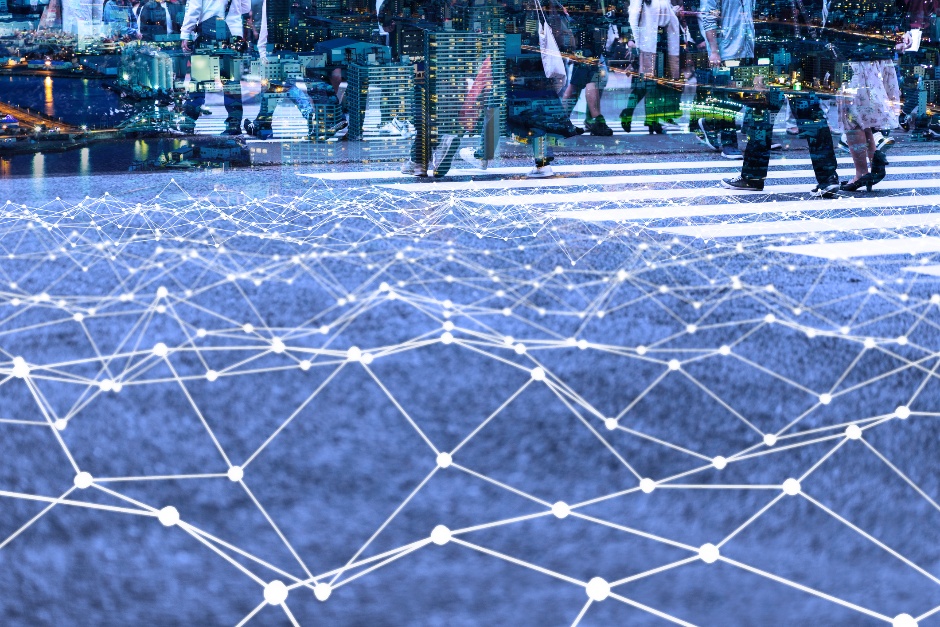
Edge and cloud computing are both ways of connecting internet-enabled devices to remote servers for powerful data processing. However, there are some key differences between the two types of computing. Learn more about why each has its own role to play in the modern world of computing:
What Is the Difference Between Cloud Computing and Edge Computing?
Cloud computing generally relies on large, centralized data centers to store and transfer massive amounts of data, whereas edge computing uses a distributed network of data centers to process lower volumes of data with greater speed.
| Cloud Computing |
Edge Computing |
| Mostly hosted in hyperscale data centers |
Hosted in smaller data centers |
| Centrally located in data center hubs, potentially a far distance from end users |
Distributed across the edge of a network, closer to end users |
| The focus is on computing and data storage capacity |
The focus is on low-latency and high-speed processing |
Is Edge a Form of Cloud Computing?
These forms of computing are not mutually exclusive, and edge can be considered a form of cloud computing. Cloud computing is a broad concept that encompasses any use of remote servers, whether in a centralized hub or at the edge. For our discussion, we’ll be contrasting edge computing with non-edge cloud computing applications.
What Is Cloud Computing?
Traditionally, companies and individual technology users stored files and software on their local hard drives. This process is known as on-premises computing. Although many people still take advantage of on-premises options, an alternative approach has gained popularity in recent years: cloud computing.
Cloud computing uses remote servers—typically centralized in large data centers managed by cloud services providers—to store, manage and process data.
Cloud computing provides on-demand access to computing resources through the internet, so someone in an office across the country can access their files or software-as-a-service (SaaS) application from any internet-enabled device.
Drivers of cloud Adoption
More than half of all corporate data is now stored in the cloud. In 2020, spending on cloud infrastructure overtook on-premises spending for the first time, further demonstrating the continued shift toward cloud computing. Although various factors have contributed to this shift, some primary drivers of cloud adoption include:
- The rising prevalence of the SaaS model and cloud-based office tools, such as Google Workspace.
- The convenience and efficiency companies enjoy when accessing tools and documents from various locations.
- The scalable data storage the cloud enables.
- The backup data protection provided by cloud-based storage.
What Is Edge Computing?
Like cloud computing, edge computing involves the use of remote servers to process data. However, rather than processing data through large, centralized data centers, edge computing processes data in real-time near the originating data source, or at the “edge” of the network. In this way, edge computing is an extension of cloud computing.
Edge computing is particularly useful with time-sensitive data and Internet-of-Things (IoT) devices. For example, a virtual assistant device could provide a quicker answer by processing the search query locally rather than through a distant data center. Likewise, a phone that uses facial recognition can rely on edge computing for a more immediate process.
Drivers of Edge Adoption
Most enterprise-generated data is processed in centralized cloud data centers, but Gartner predicts that, by the year 2025, 75 percent of this data will be processed at the edge. Edge computing has gained traction in recent years for many reasons. Some of the most notable include:
- The need for low-latency processing.
- The introduction of 5G.
- The growing prevalence of IoT devices.
- The increase in cloud loads.
- The major uptick in remote work and distributed teams.
Cloud Computing vs. Edge Computing: Is One Better Than the Other?
Neither cloud nor edge computing are likely to eclipse the other because these forms of computing serve different roles. Both forms are essential and will continue to coexist moving forward.
By combining the low-latency capabilities of the edge with the large-scale processing power of the cloud, businesses can benefit from robust analytics capabilities, scalable data storage and fast, reliable applications.
Modular Data Centers Can Empower Both Cloud and Edge Computing
With rising demand for both cloud and edge computing, providers need to build out existing facilities to keep up with demand.
Regardless of which type of data center you build, the modular approach to data center construction can accelerate your time to value. Compared to traditional builds, this turnkey solution can get your data center up and running in a fraction of the time and with far fewer variables that could impact your project.
Learn more about the future of data centers and the modular approach in our e-book, The Complete Guide to Modular Data Centers.



Comments